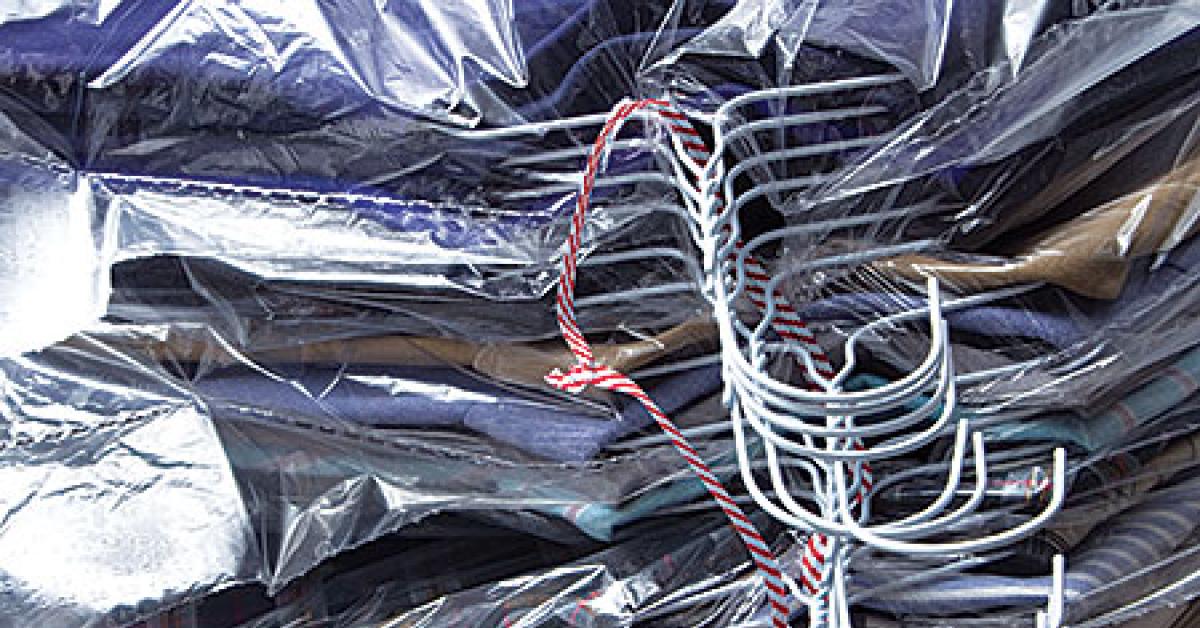SAN FRANCISCO — In the constant quest to increase profitable sales, diversification into various alternative services—including commercial distribution channels—may be a logical step for your business. (Note the emphasis on profitability, which must be considered at every step in the process.)
Commercial business-to-business (B2B) prospects abound, with hotels, restaurants and medical offices being some of the most obvious. Digging deeper will reveal extensive business opportunities that include, but are not limited to, medical offices, salons, spas, schools (for linens and uniforms or student clothing), camps (for linens and camper clothing), marinas (for boat interiors and cushions), private airports (for plane interiors), and any industry that utilizes uniforms.
To optimize commercial business efforts, one must first assess each opportunity for critical factors that influence the outcome by ranking each opportunity to prioritize them. Some of those critical factors are:
Capacity to deliver the service
Resources required to develop and deliver the service
Availability of the required resources
Learning curve involved to develop expertise
Optimum timing for introduction of the service
Rank each factor—with 5 being most favorable and 1 being least favorable—then total the scores to help prioritize.
The analysis will include in-depth research, particularly in assessing the size of the market potential.
CAPACITY TO DELIVER SERVICE
Does one’s plant have excess capacity that is suitable for this service? An example might be an unproductive storage room for discarded equipment that could be converted to a rug cleaning room to clean area rugs for building management companies.
Does one have excess space in a store where the production could be done possibly utilizing underutilized labor? A good example is a hotel pillow service for which the production is done by store staff during hours when the store traffic is slow.
Another example is adding a washer and dryer to a store to provide a towel service for beauty salons and spas.
RESOURCES REQUIRED TO DEVELOP/DELIVER SERVICE
Weigh the cost and availability of all of the resources required to provide the service:
People — Consider the demands on staff, including management, production and sales and marketing.
Time — Can one carve out time to manage the development and the management of the project? If so, what might one give up to free up attention for the new project?
Capital — Diversification usually requires capital investment in people, product, equipment or real estate. Will the ROI on this project exceed other alternative opportunities? Remember, there is also an investment cost in doing nothing due to the lost-opportunity cost.
AVAILABILITY OF REQUIRED RESOURCES
Is the capital readily available either in the form of cash on hand or available credit at a rate that is less than the ROI on the desired project?
LEARNING CURVE INVOLVED TO DEVELOP EXPERTISE
How complicated is the business opportunity? Does it require special training or expertise? Does it entail detailed regulations that must be learned and followed? How discerning is the end-user?
For example, a door mat service is much easier to provide than a fine Oriental carpet cleaning service.
OPTIMUM TIMING TO INTRODUCE SERVICE
Is there seasonality in the service, such as a ski resort’s snowboarding gear uniforms that need to be sold at a specific time, or is the service needed year-round?
Are there outside economic factors that affect the timing? For example, hotels are more likely to have their drapes cleaned when occupancies are down and money is too tight to replace décor.
Many factors affect the decision to diversify. These considerations are mentioned to help one effectively assess opportunities and stimulate thinking about potential beyond the standard retail consumer drycleaning and laundry business.
In the quest to improve profitability and increase sales, be creative but also be thorough in investigations and considerations.
Have a question or comment? E-mail our editor Dave Davis at [email protected].

